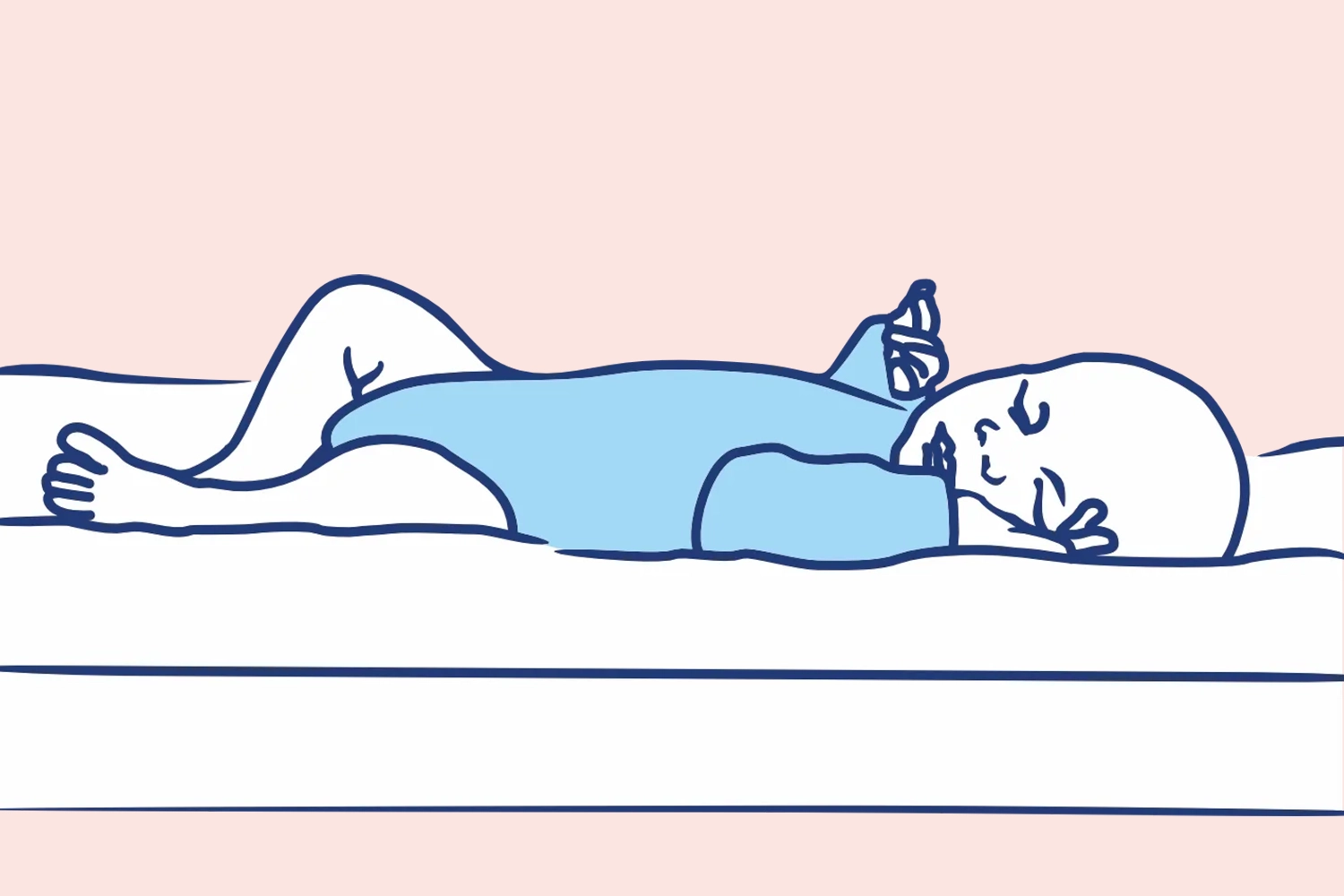To provide services at the highest level, we use cookies. Using the website requires you to choose settings related to their storage on your device. If you want to know what each type of cookie is used for, click the Details button below.
Which mattress should you choose for an infant?24 grudnia 2021 |

The healthiest choice for infants is foam mattresses, which are made of highly elastic foam with an open cell structure. They provide proper adaptation to the child's body shape, which is important for supporting correct posture during sleep.
For a newborn, firmer mattresses made of HR foam are recommended, as they minimize the risk of suffocation and support the proper physical development of the child, including the spine and skeletal system.
A newborn does not necessarily need a new mattress. It can be a used mattress, as long as its hygiene allows for further use. This mainly applies to mattresses made of high resilience foam with an open cell structure. For mattresses with natural fillings, it is recommended to purchase a new mattress to avoid hygiene and safety issues.
Yes, babies should sleep on relatively firm mattresses. This ensures safety, proper spine support, and minimizes the risk of sudden infant death syndrome (SIDS). It's also worth noting that newborns do not yet have developed spinal curves, so a mattress that is too soft could lead to improper development.
No additional accessories such as pillows or plush toys should be placed on a baby's mattress, as these can increase the risk of overheating or suffocation. It is best for only the baby to be on the mattress, dressed appropriately for the weather conditions.